Impact of Wars on Places We Visited
Until you visit the place where a war was conducted, can you truly understand the impact of war. In our separate post titled “Why Travel?”, we explained that one of the main reasons we travel is to become better educated. We have lived on the earth for over seventy years. Yet, despite having lived through the 1960s and 1970s, we realized how little we knew about those years and other tumultuous times. This became quite apparent when we visited Southeast Asia and were confronted with the impact of the wars in both Vietnam and Cambodia.
Similarly, we lived through the Balkan Wars in the 1990s but didn’t understand all that went on in those wars until we did our Balkan Tour in 2024. See below for some conclusions of the Balkan Wars, and view our post on the Balkans.
During our travels, we have been personally moved by visits to memorials of many wars. For example, I am compelled to visit the Arizona and Missouri Battleships in Pearl Harbor whenever I am in Hawaii. We have documented many of those memorials here, so please follow along, as there is much to share.
Impact of the Vietnam War
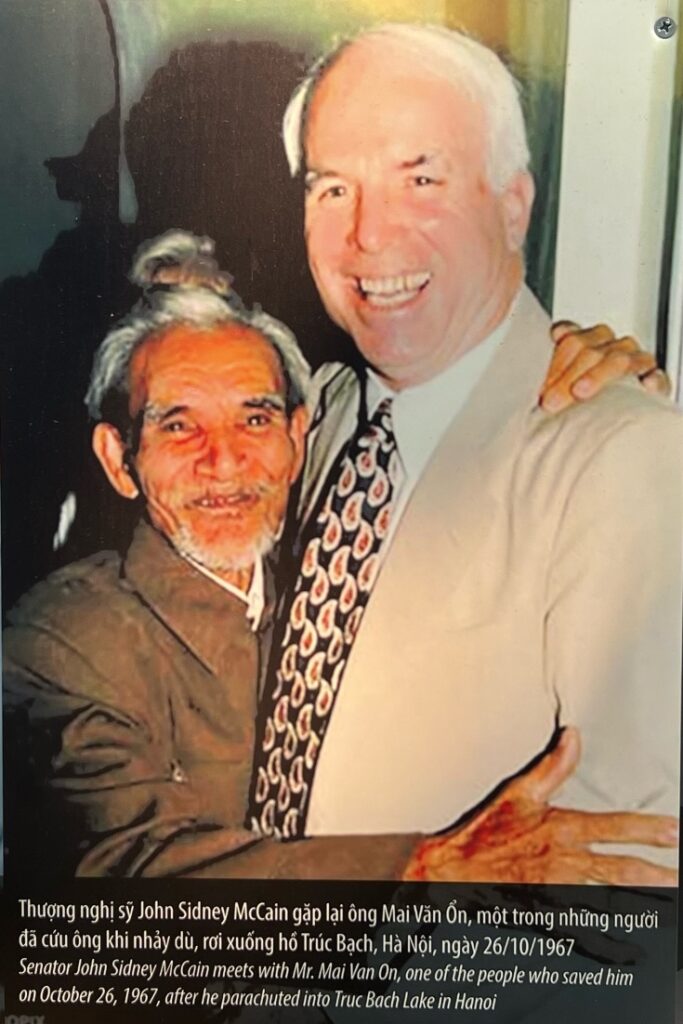
At many of the cultural sites in Vietnam, the impact of war could be seen. This was particularly true in Hue where the Viet Cong had hidden in the Citadel. Also, we met people who had lived through the war and in some cases suffered from either war wounds or the after effects of exposure to Agent Orange or other toxic exposures.
But surprisingly, the people we met did not show resentment to people from the United States. In fact, despite the damage that was done to the country and to individual people, there was really a sense of genuine friendship. Perhaps time has healed the wounds of war that were so apparent when studying the history of the war.
We recently viewed the excellent Ken Burns PBS series on the Vietnam War. Ken brought home the true horror and how unnecessary this war was. It filled in the gaps we both had about power shifting and political dishonesty. It made it more obvious the true forgiveness of the Vietnam People.
Impact of Wars in Cambodia
However, the impacts of war are much more visible in Cambodia. Here, the Khmer rouge had virtually eliminated elder Cambodians. While there we met two individuals who had survived, Bou Meng and Chum Key. The men are now in their 80s and 90s. They had been tortured and spent time in captivity at the infamous prison S-21 in Phnom Penh. They lived because they had skills that the Khmer rouge liked. Bou Meng painted pictures of the Khmer Rouge leader Pol Pot. Chum Key was a mechanic who could fix machines.
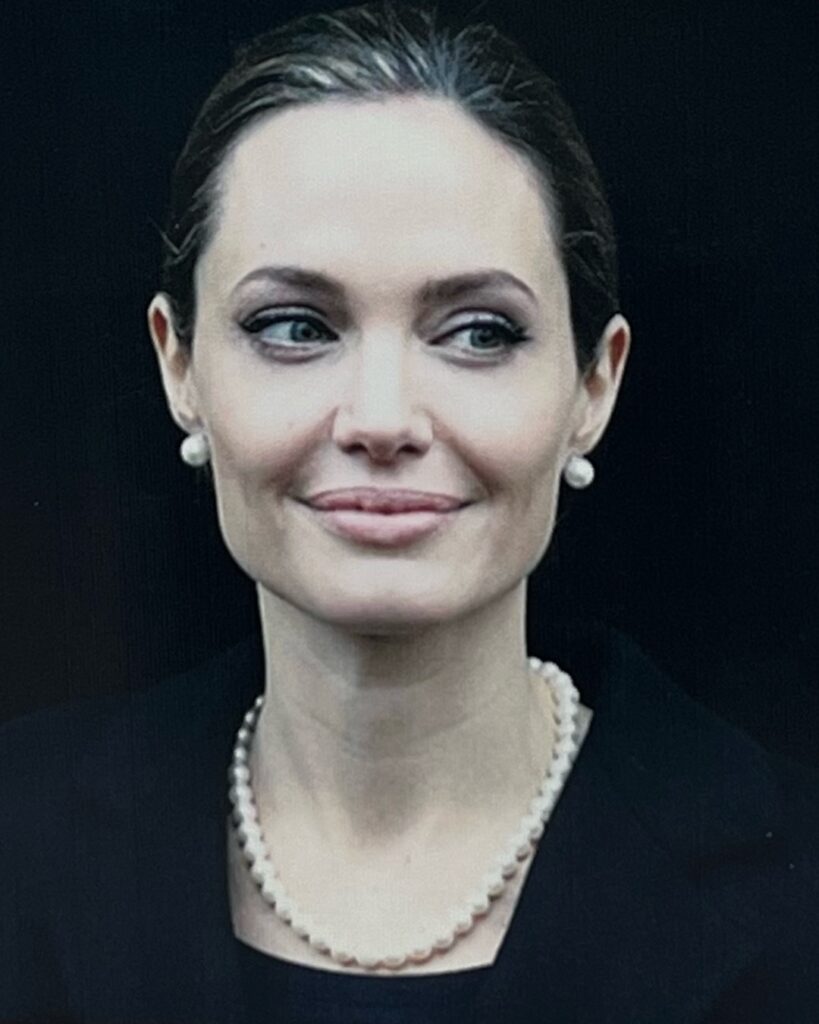
Everyone we met in Cambodia had a story to tell about those years in the late 70s. We were told stories by young Cambodians about parents who were taken away and never seen again. One of our guides told us how he survived by growing up in a refugee camp.
Angelina Jolie recently released a movie “First They Killed MyFather: A Daughter of Cambodia Remembers”. The movie is a screen adaption of Loung Ung’s memoir of the same name. Angelina used local actors and even her adopted Cambodian son, Maddox Jolie-Pitt as an executive producer, to create the film. Critics loved the film. Roger Ebert named this film as the second best film of the year.
Impact of Wars in the Balkans
In 2024 we did a tour starting in Greece and traveling through Albania, North Macedonia, Kosovo, Montenegro, and Bosnia & Herzegovina. Our tour guide was an Albanian Christian, despite most of the population being Muslim in Albania and many countries we visited. He got along with everyone quite well, but there was always a feeling of tension among people of different backgrounds.
Impact of Wars Against Ottoman Empire During the Middle Ages
Many of the wars that were fought in these countries were impacted by religious beliefs. During the years of Ottoman rule, the locals were constant in their efforts to fight off the Ottoman expansion. Ali Pasha of Ioannina was a Muslim leader of the 19th century. Surprisingly, Albanians revere Muslim leaders such as Ali Pasha of Ioannina for standing up against the Ottoman expansion. Ali Pasha’s military prowess and diplomatic skills were his great strengths. He managed to extend his control over various regions, including parts of Albania, Epirus, and Macedonia, through strategic alliances and military campaigns. His rule brought economic development to the region. He invested in infrastructure, such as roads and buildings, which facilitated trade and commerce
The Albanians also recognize Skanderbeg as a great leader. He was born Gjergj Kastrioti, and was originally a Christian. The Ottomans captured him at a young age and converted him to Islam. He served in the Ottoman military. However, when he returned to Albania, he renounced Islam and reverted to Christianity. He aligned with Italian leaders from Naples and then led a Christian resistance rebellion against the Ottoman Empire in what today is Albania, North Macedonia, Greece, Kosovo, Montenegro, and Serbia. Skanderbeg’s palace in Krujë is an interesting place to visit. It sits high on a hill overlooking the city. We visited it in 2024 and we describe it in our Albanian Post.
Impact of Wars: Starting WWI in Sarajevo
When visiting Bosnia & Herzegovina we stayed in Mostar overnight and spent a day trip up to Sarajevo. This was the first time in all our travels through the Balkan Muslim-majority countries that we saw visible indications of the Islamic religion as women were wearing scarves and hajibs. This more visible showing of symbols of Islam is the result of a long-standing lack of trust among the Bosnian people towards those of other beliefs.
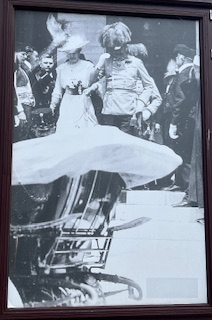
Sarajevo remembers the assassination of Archduke Franz Ferdinand. It was one of the key events that led to World War I. Bosnian Serb student Gavrilo Princip assassinated Archduke Franz Ferdinand of Austria, heir presumptive to the Austro-Hungarian throne, and his wife, Sophie, Duchess of Hohenberg, in Sarajevo on 28 June 1914.
Impact of Balkans Wars in the 1990s
Before we visited the Balkans, we thought the Balkan Wars of the 1990s were primarily the Serbians wanting to keep all the countries together as they were during the Yugoslavian era. We believed that the war in Kosovo in the later part of the 1990s was about ethnic cleansing. And while that is true, it has left most Muslims fearful to this day of the Serbians. However, like in most things there are two sides to each story.
While in Kosovo, we visited the Visoki Dečani Monastery. The Serbian King – St. Stefan of Dečani, built the Monastery in 1335. It is a UNESCO World Heritage Site. Dečani possesses a unique church constructed in Romanic, Gothic, and Byzantine styles. The church has more than 1000 preserved original frescoes. It has been a target of Islamic Fundamentalists who have entered Kosovo since the Serbian Wars. NATO forces protect the monastery to provide a safety barrier against future attacks. To visit, you must leave your passport with the NATO guards.
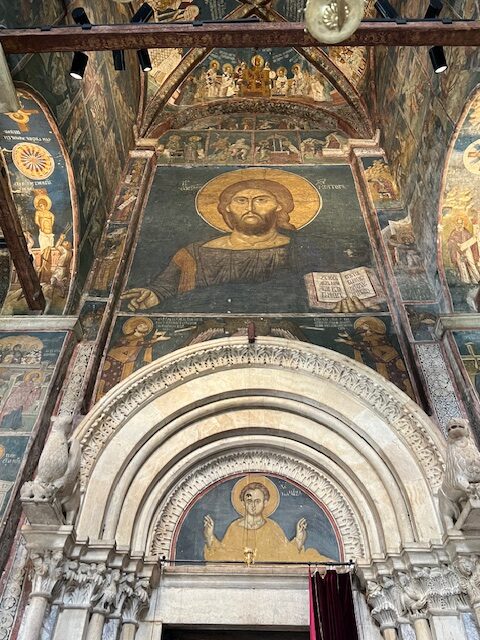
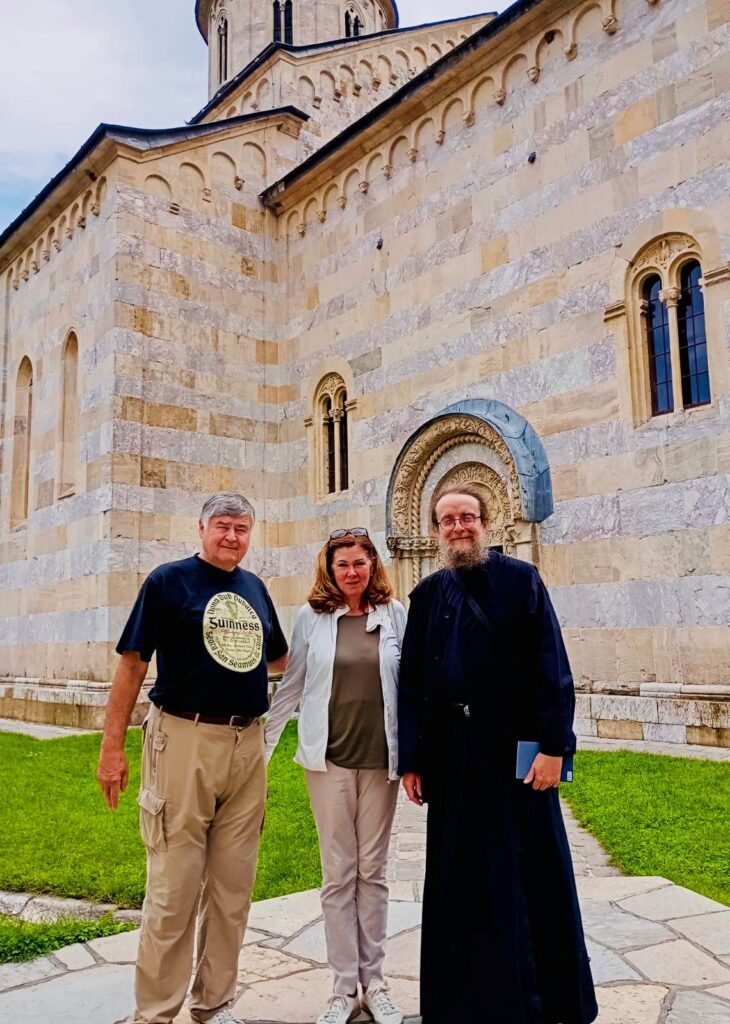
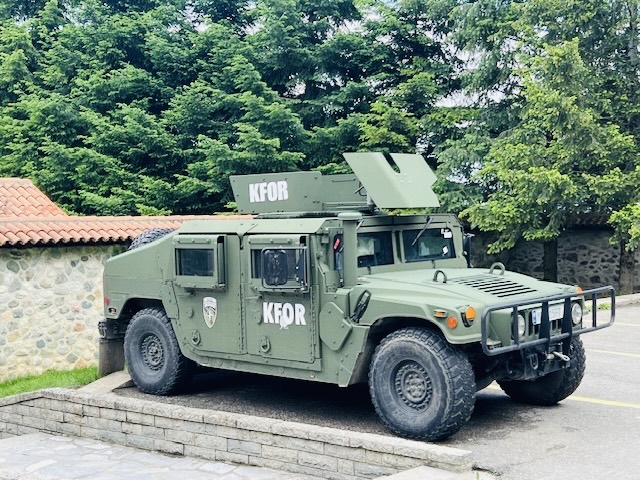
Impact of Wars – The Siege of Sarajevo
While in Sarajevo we toured the Tunnel of Hope (Tunel Spasa). This tunnel, which crossed the Sarajevo Airport, was used to bring food, humanitarian aid, and weapons into Sarajevo. It now serves as a museum, preserving the memory of the city’s resilience. It is also a remembrance of the severity of the war and the siege of Sarajevo. This has made many Bosnian Muslims to be wary of the Serbians and their future intentions.
War Memorials
In so many of the places we visited there are incredible war memorials recalling the impact of wars. Pearl Harbor in Hawaii, Civil War sites throughout the United States (such as Gettysburg), Omaha and Utah Beaches in France, or the Korean and Vietnam Memorials in Washington, DC. are all paces we have visited. The Arlington National Cemetery, the National Memorial Cemetery of the Pacific, also called the “Punchbowl” or the Normandy American Cemetery and Memorial will all bring a tear to your eye.
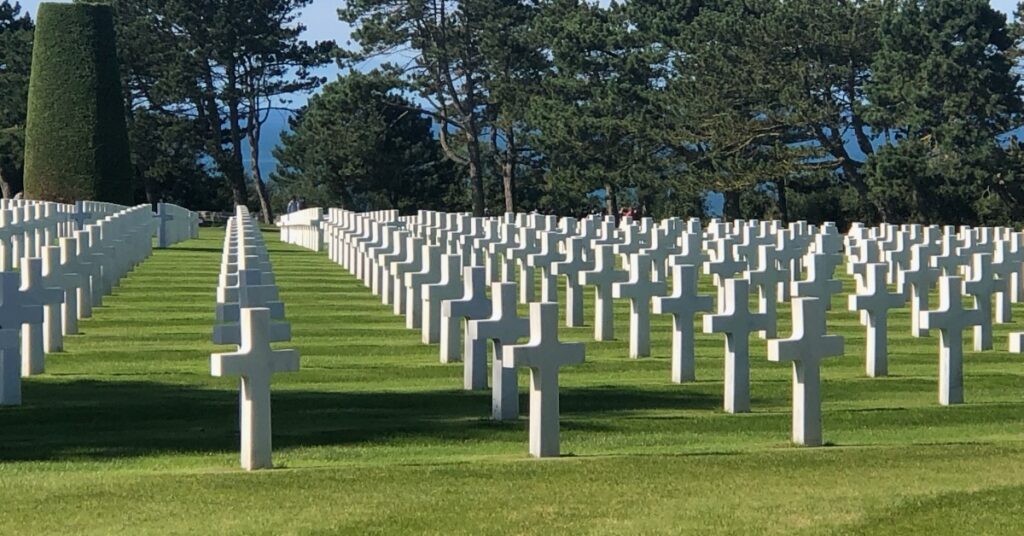
War Memorials in New Zealand and Australia
But what made us very curious as we traveled around the world were the war memorials in New Zealand and Australia, particularly those dedicated to WWI. In fact, we found only WWI memorials in New Zealand which got us asking, why? Also, why WWI? The Pacific was not a battleground for WWI. Well, we got answers to both our questions, clearly demonstrating our lack of historic knowledge.
Impact of Wars – Why WWI? Answer: Great Britain
Great Britain was still in control of New Zealand and Australia at the time of WWI. They ordered many people in both countries to support the mother country in their war in Europe. Many Australians and Kiwis died fighting in Europe.
The Te Papa Tongarewa Museum in Wellington is the National Museum of New Zealand. It contains a major WWI exhibit. (Please see our Museums Post for much more information). We learned that many soldiers from both New Zealand and Australia died in a major WWI battle in Gallipoli, Turkey. The museum has great enactments of the fight and the difficult time the soldiers experienced while there.
In New Zealand Why Only WWI?
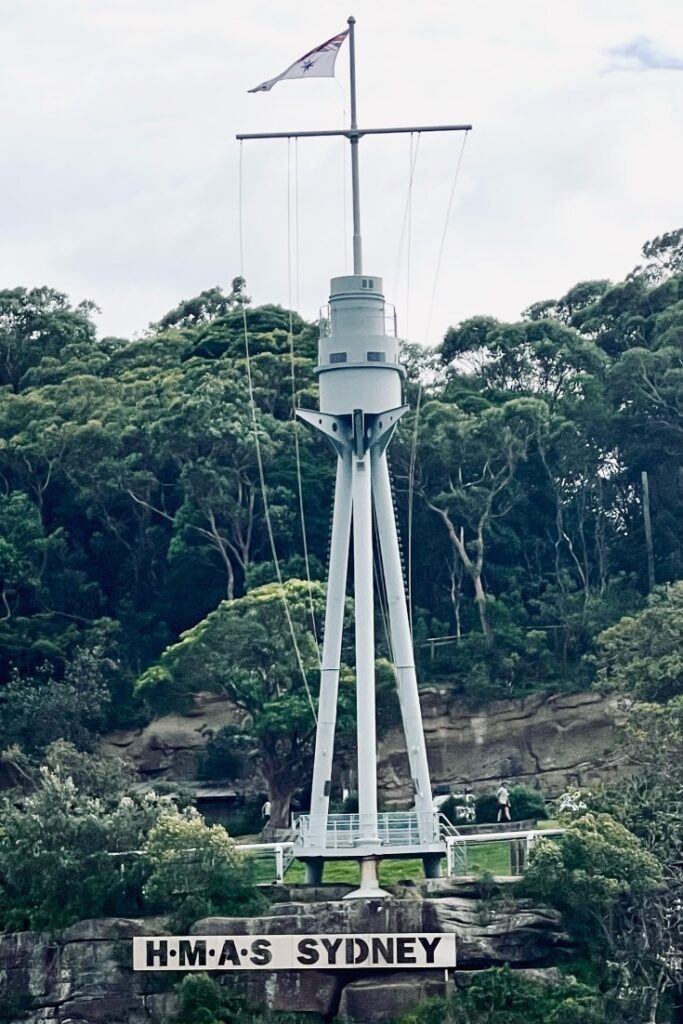
The real mystery for us was why were the memorials in New Zealand only for WWI? Well, we didn’t get our answer to that question until we got to Australia. There we learned that while Australia was attacked by the Japanese in WWII, New Zealand was not attacked. As a result, Australia was fully in WWII and has memorials to that effect, but New Zealand, now independent of Great Britain chose to sit it out. We didn’t sense any hard feelings in Australia about that decision, but our guide in Sydney, who was a historic war buff, clearly made us aware of the historic fact. He also pointed out the Australian WWII Memorial pictured to our left.

![(First They Killed My Father: A Daughter of Cambodia Remembers) [By: Ung, Loung] [Sep, 2001]](https://cosguide4travel.com/wp-content/uploads/2024/01/51QnEIlBMRL._SL500_.webp)
